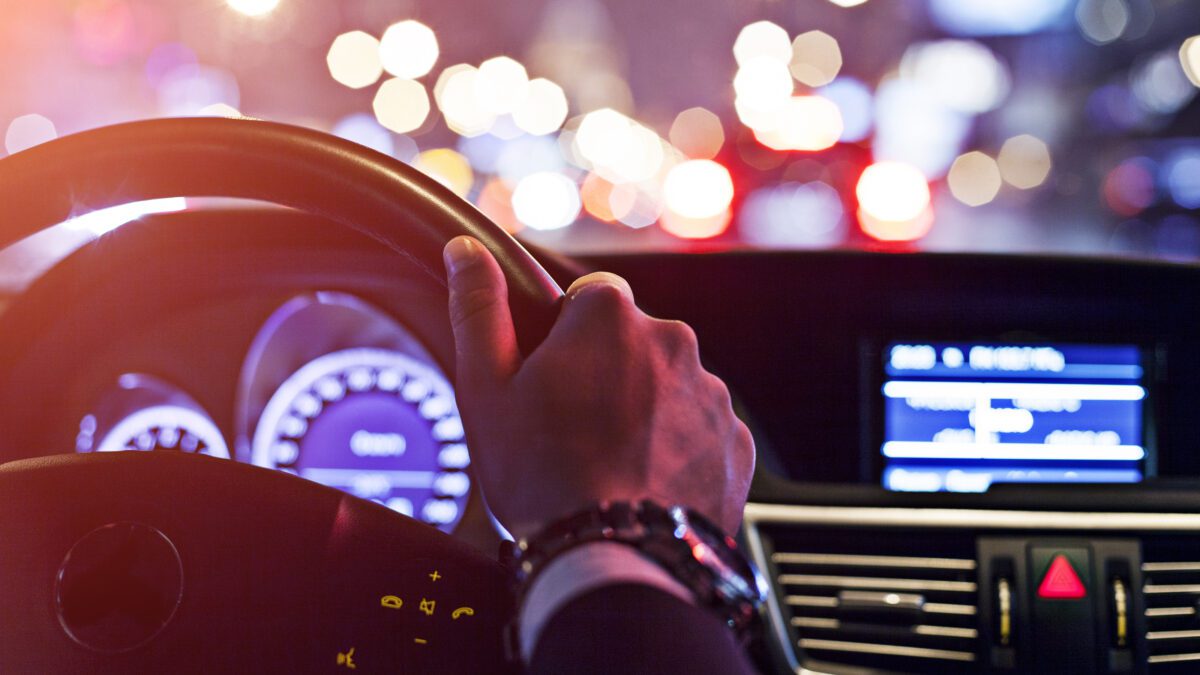
Do you have golf cart insurance? Here’s what you need to know!
July 30, 2021
How to avoid three common homeowners’ insurance claims
September 10, 2021Night driving and day driving are as different as…night and day. But there are ways you can stay safer.
There are a few factors that can make night driving more dangerous, like limited or poor visibility, distractions, tiredness and more.
While you can’t avoid every risk while driving at night, there are some things you can do to make sure you arrive to your destination safely. Here are some night driving safety tips.
Defensive driving
Driving at night requires a whole different level of defensive driving. While it is always a good idea to use defensive driving techniques, it is even more important at night. You’ll need to keep a close eye on other drivers, watching for signs of tiredness or impairment and also, make sure you are looking for things like animals or road hazards.
Lower the lights
While our parents probably took it a step too far in not allowing any light in the car, it’s true that interior lights can be extra distracting at night. So, keep your interior lights low or off completely. This goes for phones!
And you can usually dim your dashboard lights and navigation systems as well, so do that!
Headlights
One of the most distracting things for driving at night is headlights: Yours or another driver. Using your high beams is great if there is no one else around but you’ll need to make sure to dim them if someone is coming up. You don’t want to impair another driver.
And you’ll need to take care not to look directly at another vehicle’s headlights, as you could experience vision impairment as well.
Slow down
We are all in a hurry, and so sometimes we speed to make up time. But at night, speeding can be dangerous, so it’s best to slow down a bit at night. At night, your reaction time is slower and you can’t see as well or as far, so it just makes sense to limit speed.
Crumrine Financial Services
At Crumrine Financial Services, we want to help you stay safer while night driving. Concerned about your auto insurance rates? Call us for a quote.





